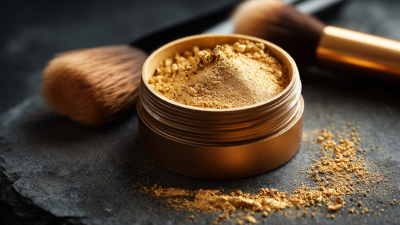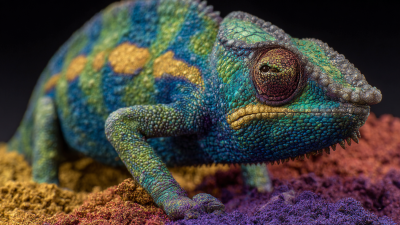In the beauty and cosmetics industry, the use of Pearl Pigment has surged dramatically, with market reports indicating a growth rate of over 6% annually in the last five years. Known for its unique ability to enhance visual depth and create luminous finishes, Pearl Pigment is becoming a go-to ingredient for formulators aiming to boost product appeal. According to a recent study by the Transparency Market Research, the demand for pigments that add metallic and pearlescent effects is expected to rise, driven by consumer preference for innovative textures and finishes in makeup and skincare products. By effectively incorporating Pearl Pigment into formulations, brands can not only elevate the aesthetic quality of their offerings but also meet the evolving expectations of today's discerning consumers. Understanding the best practices for utilizing this versatile pigment will enable product developers to unlock stunning visual effects that set their products apart in a competitive market.
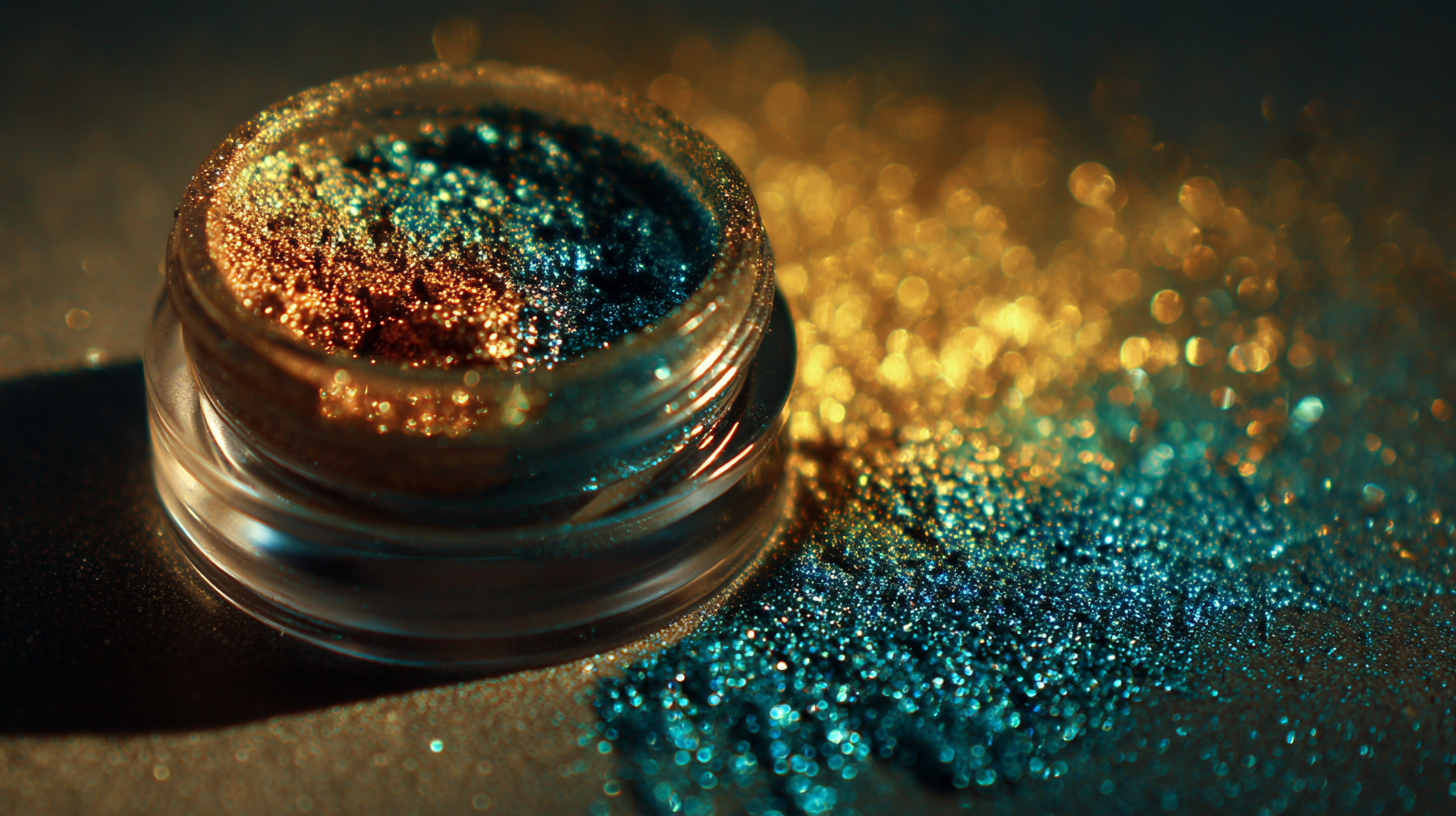
Choosing the right type of pearl pigment for your product is essential to achieving the desired visual effects. Pearl pigments come in various colors, sizes, and finishes, each providing a unique aesthetic. For instance, larger particle sizes can create a more shimmering effect, while smaller particles tend to produce a smoother, satin-like finish. Consider the application of your product; cosmetics may require different pigments compared to industrial applications.
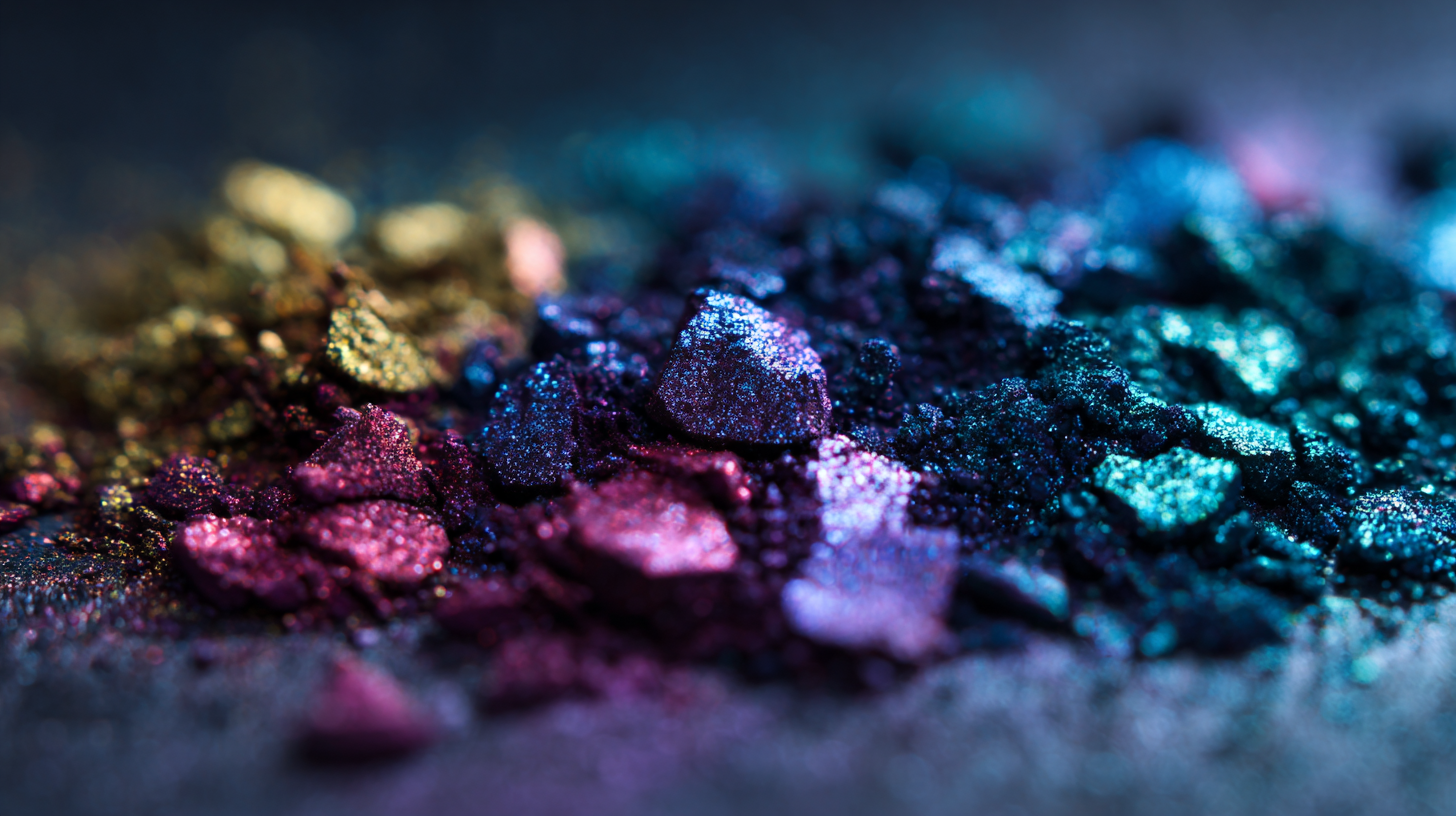
Tips: When selecting pearl pigments, test them on a small scale first. This allows you to see how the pigment interacts with your base materials and helps you assess the final visual effect. Additionally, consider the lightfastness and stability of the pigments in your chosen medium to ensure longevity.
Another essential aspect is the color harmony with other ingredients or colors in your product. Make sure the pearl pigment complements your overall design strategy. Experimenting with blends can lead to innovative results, providing a distinctive edge to your products. Remember, the key is to balance aesthetic appeal with functionality, enhancing not just the look but also the performance of your item.
Pearl pigments are increasingly popular in various industries, including cosmetics, automotive, and packaging, due to their ability to create stunning visual effects. Understanding the application techniques for pearl pigment is essential to achieving the desired aesthetic while maintaining product performance. According to a recent report by Smithers Pira, the global market for pearlescent pigments is projected to reach over $2 billion by 2025, driven by their versatility and appeal in product design.
One crucial technique for applying pearl pigments is dispersing them effectively in your medium. Whether you're working with water-based or solvent-based systems, achieving an even dispersion is critical to avoid clumping and ensure a uniform finish. The ideal particle size for maximum effect typically ranges between 10 to 50 micrometers, as finer particles can enhance the shimmer, while larger ones contribute to opacity. Additionally, blending pearl pigments in multiple layers can produce depth and complexity in color, enhancing the overall visual appeal.
Another important aspect is the choice of application method. Spray coating and airbrush techniques allow for a finer control of the pigment application, enabling a smoother and more even layer. For powder-based products, techniques such as tumbling or mixing can achieve excellent results. The recent trends indicate that products employing advanced application methods, such as 3D printing with pearlescent materials, are gaining traction, illustrating the ongoing innovation in pigment use that capitalizes on their visual impact.
Layering pearl pigment can transform any product by adding depth and dimension that captures the viewer's attention. Much like Vermeer’s meticulous painting technique in "Girl with a Pearl Earring," which involved the application of various colored underlayers, the effective use of pearl pigment requires a thoughtful approach to layering. By starting with a base color that complements the pearl pigment, one can create a rich foundation that allows the iridescent qualities of the pigment to shine through.
Applying the pearl pigment in thin, translucent layers not only enhances the visual complexity but also achieves a shimmer that changes with light, reminiscent of the delicate interplay of colors in Vermeer’s work. Techniques such as glazing can be employed to build depth; each layer adds a new dimension, resulting in stunning visual effects that will leave a lasting impression. This practice echoes the timeless artistry of the master painter, proving that historical techniques can inspire modern methods in product design.
Pearl pigments are increasingly becoming a popular choice for enhancing product formulations due to their ability to create unique finishes that captivate consumers. According to a report by Transparency Market Research, the global market for pearl pigments is projected to grow significantly, reaching over $1 billion by 2026, driven by the rising demand for visually appealing products in cosmetics and personal care. These pigments can be incorporated into various formulations, such as foundations, lipsticks, and skincare products, providing a luxurious finish that can elevate the overall aesthetic appeal.
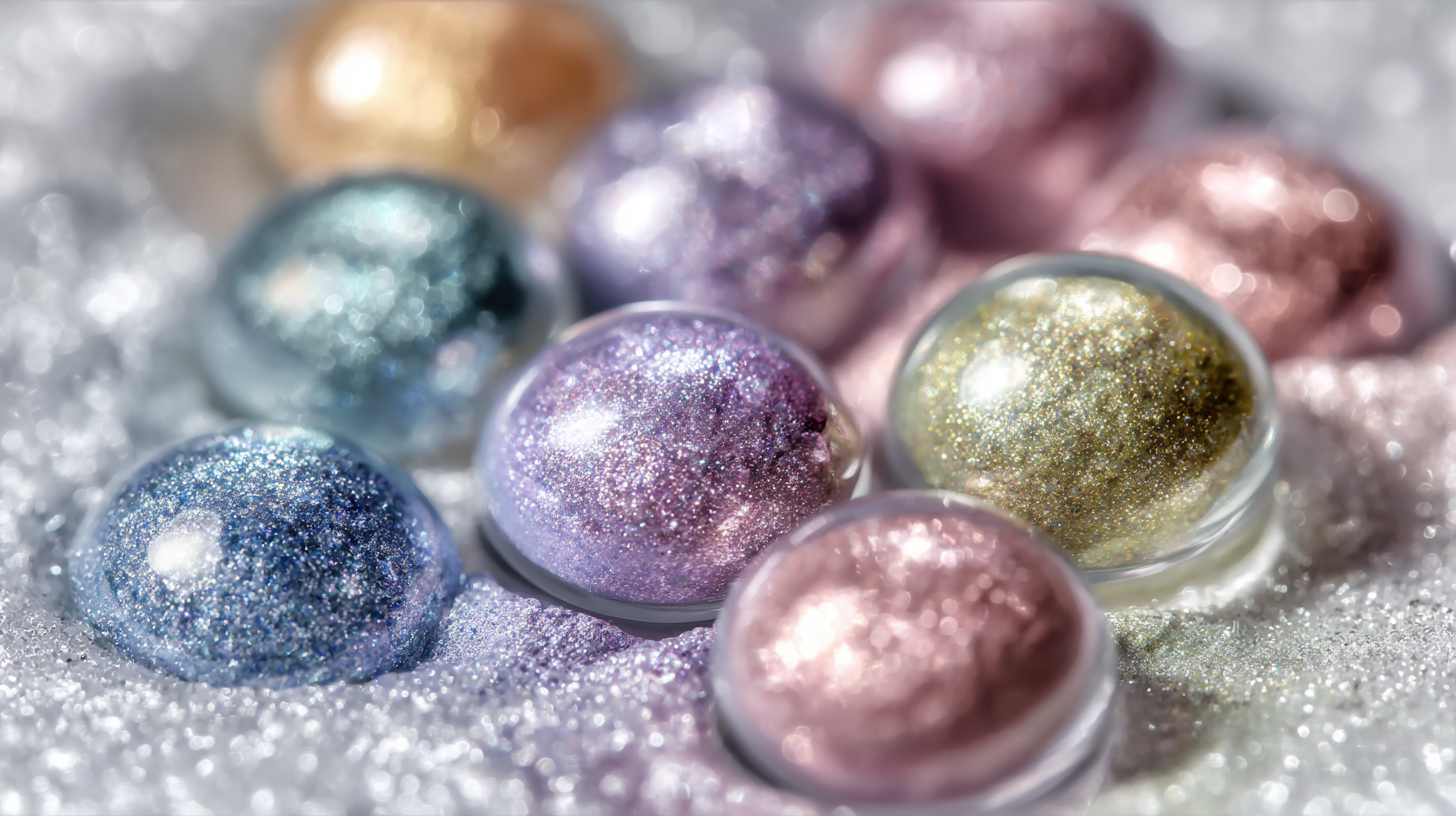
Incorporating pearl pigments not only enhances the visual aspect of products but also contributes to their functional properties. Research published in the Journal of Coatings Technology and Research indicates that pearl pigments can improve the light-scattering properties of formulations, resulting in better UV protection and skin radiance. This multifunctionality aligns with current consumer trends favoring products that offer both beauty and skin benefits. As brands seek to differentiate their offerings in a competitive market, leveraging the unique effects of pearl pigments can be a strategic move to attract and retain a discerning customer base.
When using pearl pigments in your products, it’s common to encounter a few issues that could diminish their visual appeal. One frequent problem is uneven distribution of the pigment. If the pearl pigment settles at the bottom of your mixture, it can create a lackluster effect. To overcome this, make sure to stir the pigment thoroughly before use and consider incorporating a dispersant that can help keep the pigment suspended evenly throughout your formulation.
Another challenge is achieving the right color intensity. Sometimes, the desired sheen may be lost, leading to a product that doesn't meet your expectations. To troubleshoot this, experiment with different concentrations of pigment. Start with a small amount and gradually increase until you reach the desired effect. Additionally, mixing the pearl pigment with a compatible base or medium can enhance its vibrancy.
**Tips:** Always conduct a patch test on a small sample before full-scale production to ensure the final result aligns with your vision. Store your pearl pigments in a cool, dark place to maintain their quality and extend their shelf life. If your mixture becomes too thick, gently heat it to return it to the desired consistency, but be cautious not to degrade the pigment.
| Product Type | Pearl Pigment Type | Recommended Ratio (%) | Common Issues | Troubleshooting Tips |
|---|---|---|---|---|
| Lip Gloss | Iridescent Pearl | 5-10% | Settling | Stir gently before use; use dispersing agents. |
| Nail Polish | Metallic Pearl | 3-8% | Color Fading | Add UV stabilizers; store in cool, dark places. |
| Eyeshadow | Silky Pearl | 10-15% | Patchiness | Ensure even mixing; try wet application methods. |
| Soap | Natural Pearl | 1-5% | Losing Luster | Avoid excessive heat; use silicone oils as a binder. |
| Paint | Glittering Pearl | 2-6% | Inconsistency in Finish | Test different binders; adjust application thickness. |


